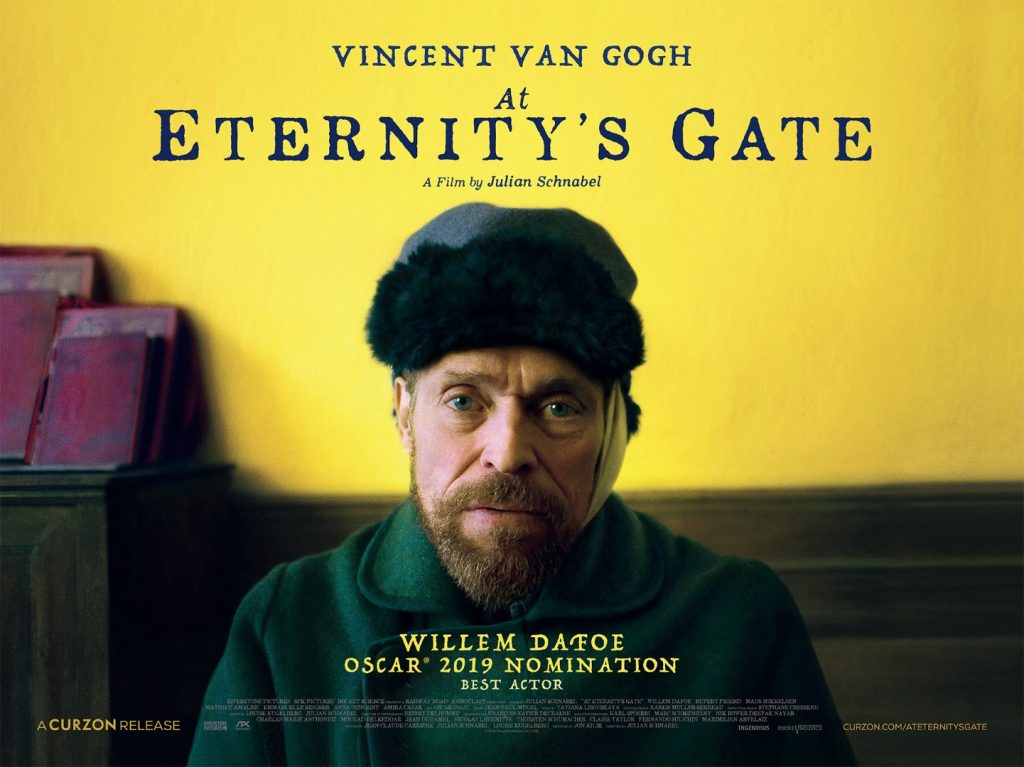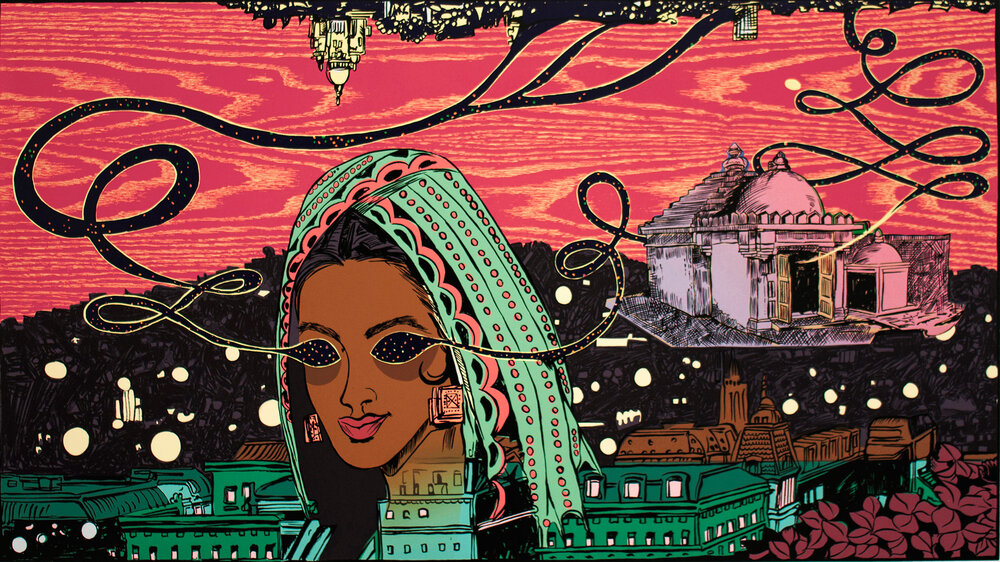Renowned artist and filmmaker Julian Schnabel’s venture into cinema, “At Eternity’s Gate,” offers a fresh perspective on the life and art of Vincent van Gogh. Departing from traditional biopic narratives, Schnabel’s film challenges long-held misconceptions about the iconic painter, aiming to provide a more nuanced understanding of his genius and struggles. In a candid conversation with art critic Jerry Saltz, Schnabel dismantles several enduring myths surrounding van Gogh, shedding light on the true nature of the artist and his relationships.
Myth 1: He was crazy
Contrary to popular belief, Schnabel contends that van Gogh was not afflicted with madness. Dismissing that artistic brilliance must be accompanied by mental instability, Schnabel emphasises that van Gogh’s paintings defy the stereotype of the tormented artist. Instead, he argues that van Gogh’s works reflect a profound engagement with the world, devoid of the erratic quality often associated with madness.
Myth 2: He died a failure
Schnabel challenges the narrative of van Gogh as a failed artist, asserting that the measure of success should not be limited to commercial acclaim or financial gain. According to Schnabel, van Gogh pursued his artistic vision with unwavering determination, finding fulfilment in the act of creation itself. He highlights the recognition van Gogh received from contemporaries like art critic Albert Aurier as evidence of his impact and significance within the art world.
Myth 3: Paul Gauguin was his enemy
In “At Eternity’s Gate,” Schnabel reevaluates the dynamic between van Gogh and his fellow artist Paul Gauguin. Rather than portraying Gauguin as a villain, Schnabel suggests that the two painters shared a mutual respect and admiration for each other’s work. Drawing parallels to his own friendships, Schnabel underscores the complexities of artistic relationships and the potential for misunderstanding and reconciliation.
Myth 4: He was anti-social
Acknowledging van Gogh’s struggles with social interaction, Schnabel concedes that the artist faced challenges in navigating interpersonal relationships. However, he attributes this to van Gogh’s intense focus on his art, which consumed his attention and energy. Schnabel portrays van Gogh as a deeply introspective individual whose immersion in nature and creativity often left him disconnected from conventional social norms.
In “At Eternity’s Gate,” Julian Schnabel offers a nuanced portrayal of Vincent van Gogh, challenging prevailing myths and misconceptions about the troubled artist. Through his film, Schnabel invites audiences to reconsider van Gogh’s legacy and appreciate the complexity of his life and work.
Celebrating Artistic Brilliance through 11 Vincent Van Gogh’s Most Famous Artworks





